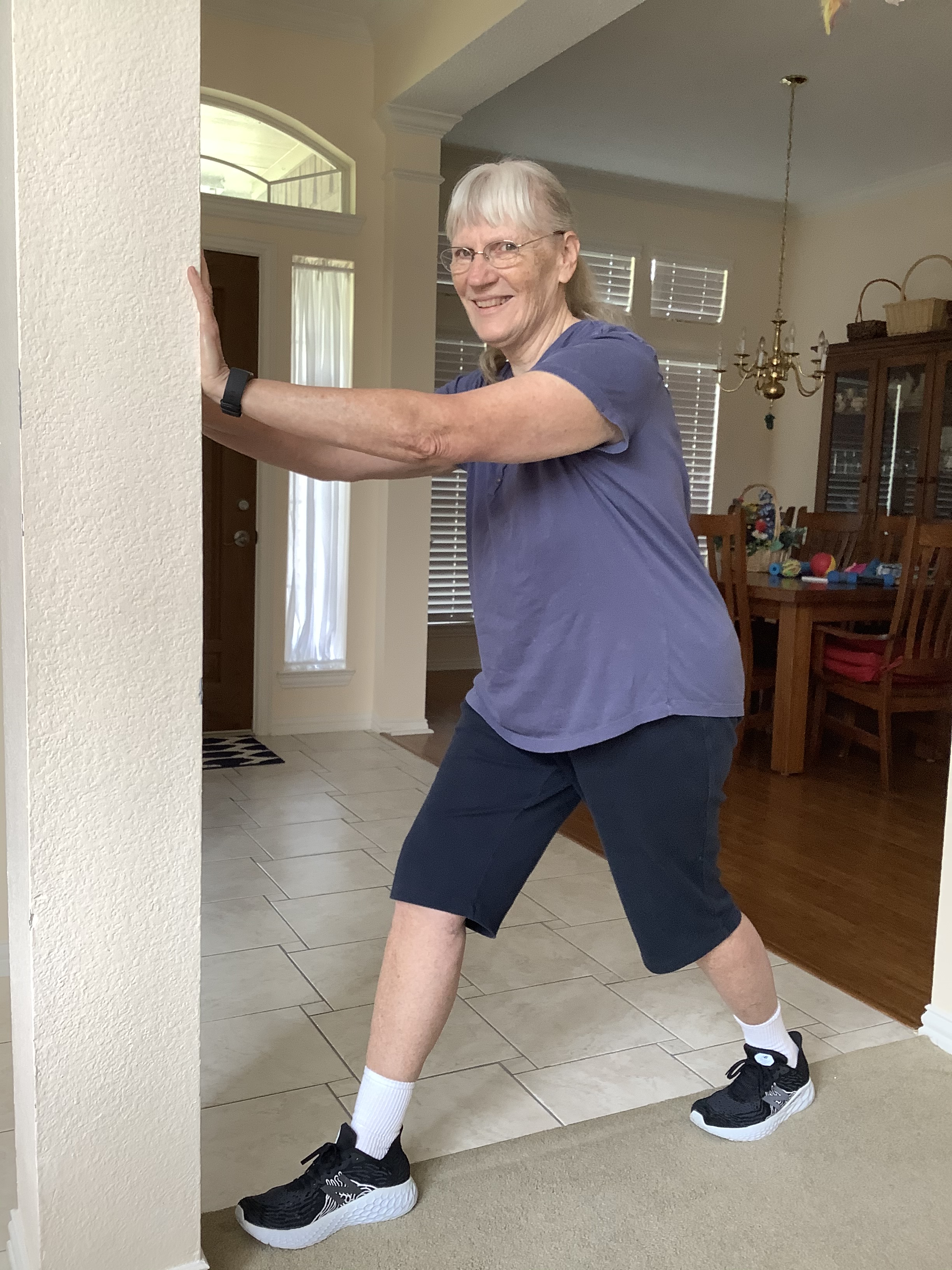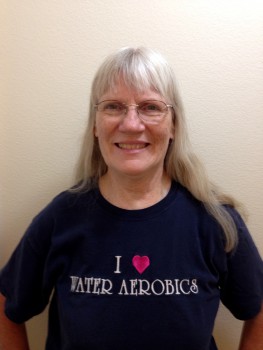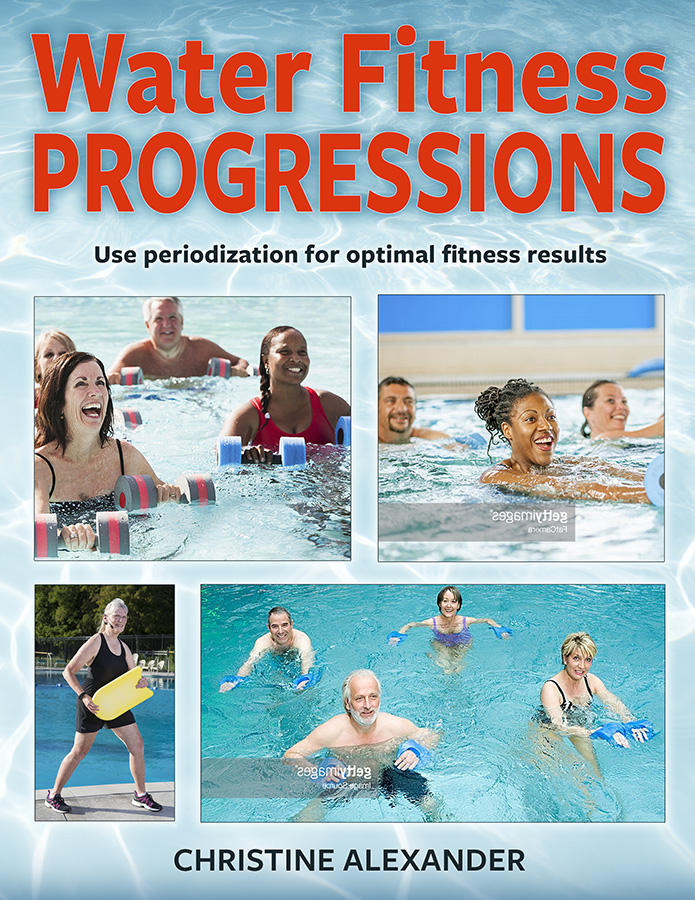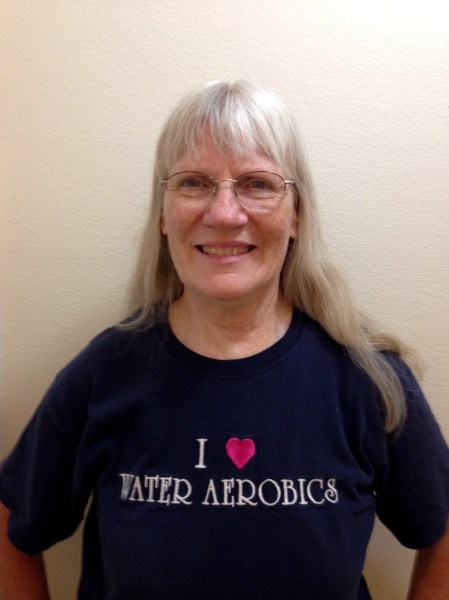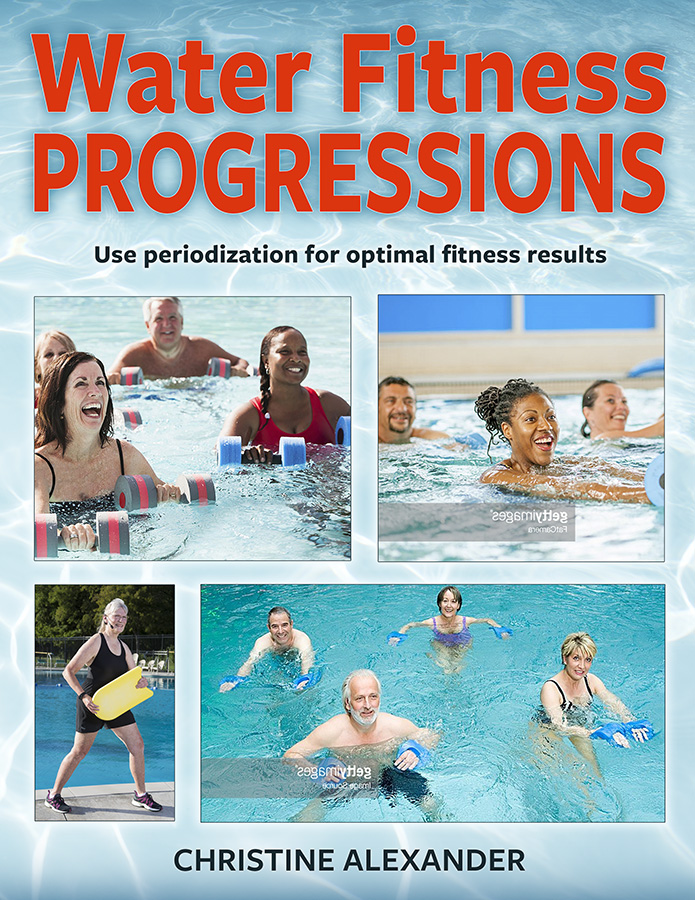There are many physical and mental health benefits that you can enjoy from doing yoga. Physically, you can increase flexibility, tone your body and strengthen targeted muscle groups. Mentally, you can find peace of mind, decrease stress and anxiety, and use yoga to find your inner balance. It is not always easy to correctly perform yoga poses, especially if you have flexibility issues or injuries. This is problematic because yoga is most effective when you are able to hold the poses in the correct position. If you find performing yoga to be difficult for physical reasons, consider using water as your next yoga “weapon”!
How Does Water Help with Yoga?
Water helps the body stay upright and balanced, so if you have any joint problems, you can do standing poses more easily. What’s more, water naturally helps soothe the joints, reducing the pain you might feel while doing these poses. The water needs to be about chest height so that you will be able to enjoy the cushioning and buoyant effects all around your body.
3 Yoga Poses to Do in Water

- Padangusthasana
This is known as the Big Toe pose. Stand at the side of the pool and extend one arm to hold onto the edge of the pool. Bend your outer leg and bring your knee up to your chest. Grab your big toe and straighten the leg to the side as much as possible without losing the straightness of your body. As you move your leg, make sure to keep your hips and shoulders forward. When your leg reaches the side of your body, hold this pose for 10 seconds before letting go and placing your foot back on the ground. Repeat with the other side.

2. Arda Chandrasana
This is know as the Half Moon pose. Again, stand at the side of the pool facing the edge. Extend your right arm to the edge (rather than to the floor as in the photo) and place your left arm on your hip. Slowly bend forward at the hips while raising your left leg behind you, keeping both legs straight. Flex your foot as your leg raises up. When your left leg becomes parallel to the ground, move your hips to the left and raise your left arm straight upwards. Hold this pose 10 seconds and release. Repeat with the other side.

3. Vrksasana
This is known as the Standing Tree pose. While the tree pose might look simple, it can be difficult to do if you have issues with balance. Stand upright and plant both feet firmly on the ground. Raise one leg to the side and bend it at the knee, placing your sole on the inside thigh of your other leg. Place your hands above your head in a prayer position. Hold this pose for 15 seconds and release. Repeat on the other side.
Performing yoga poses in water is a great way to learn new poses or perfect ones that you have trouble doing. The more you perform yoga in water, the more it will strengthen your body and condition your muscles. Over time you’ll be prepared to perform these poses on land.
Want to know more about yoga, health and wellness? Our friends from Lotus Kitty would be happy to help. Go to www.lotuskitty.com for more tips.
Thanks to Lotus Kitty for this guest blog post!

Chris Alexander


